- Messages
- 6,426
- Name
- Joe
- Edit My Images
- No
Took this image today on a local pond, can anyone help me out with the ID please!
View attachment 17605
View attachment 17605
Took this image today on a local pond, can anyone help me out with the ID please!
View attachment 17605
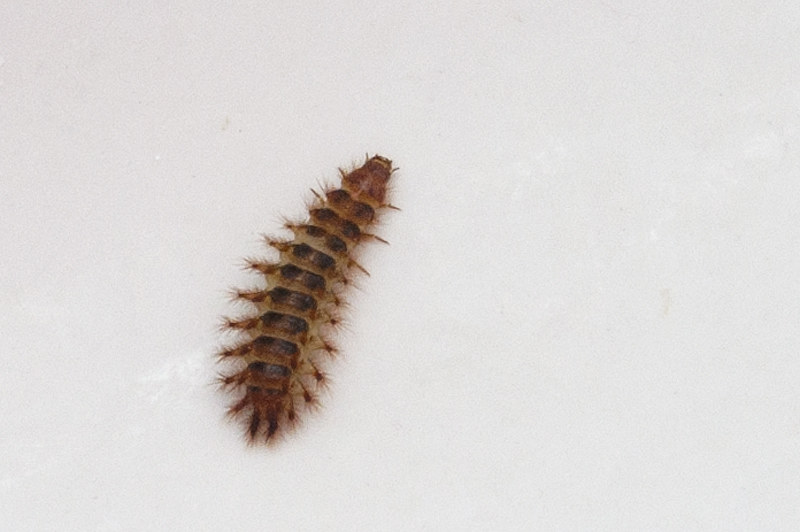 Bug_2 by Tigertail.ufo, on Flickr
Bug_2 by Tigertail.ufo, on Flickr(Nationally scarce) I think it could be a Drilus flavescens larvae, pretty rare so I have just read and it is the UK's only Drilus species. They are snail hunting beetles, worth a google to read about.

 Possible-Mesopsocus-immunis by alf.branch, on Flickr
Possible-Mesopsocus-immunis by alf.branch, on Flickr "It's full of leathery objects, like... eggs or something." by Tim.Garlick, on Flickr
"It's full of leathery objects, like... eggs or something." by Tim.Garlick, on Flickr "It's full of leathery objects, like... eggs or something." by Tim.Garlick, on Flickr
"It's full of leathery objects, like... eggs or something." by Tim.Garlick, on FlickrI would go for Metylophorus nebulosus. Super photo by the way. Best place to check is the http://www.brc.ac.uk site.I think this is Mesopsocus-immunis what do you think?
Possible-Mesopsocus-immunis by alf.branch, on Flickr
Thanks AlbyI would go for Metylophorus nebulosus. Super photo by the way. Best place to check is the http://www.brc.ac.uk site.
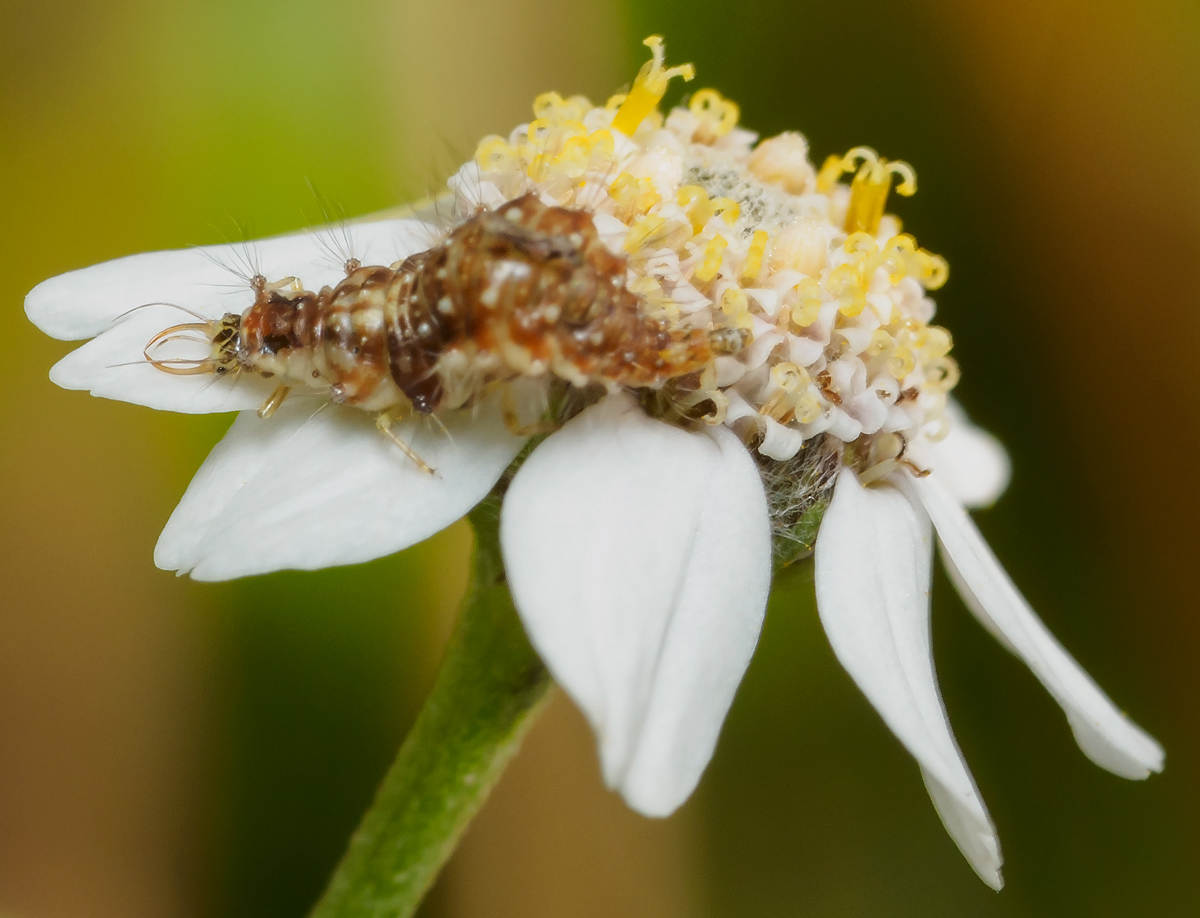 Unkown-Larvae-2 by alf.branch, on Flickr
Unkown-Larvae-2 by alf.branch, on FlickrAnyone tell me what this is. It was murder to shoot due to the wind.
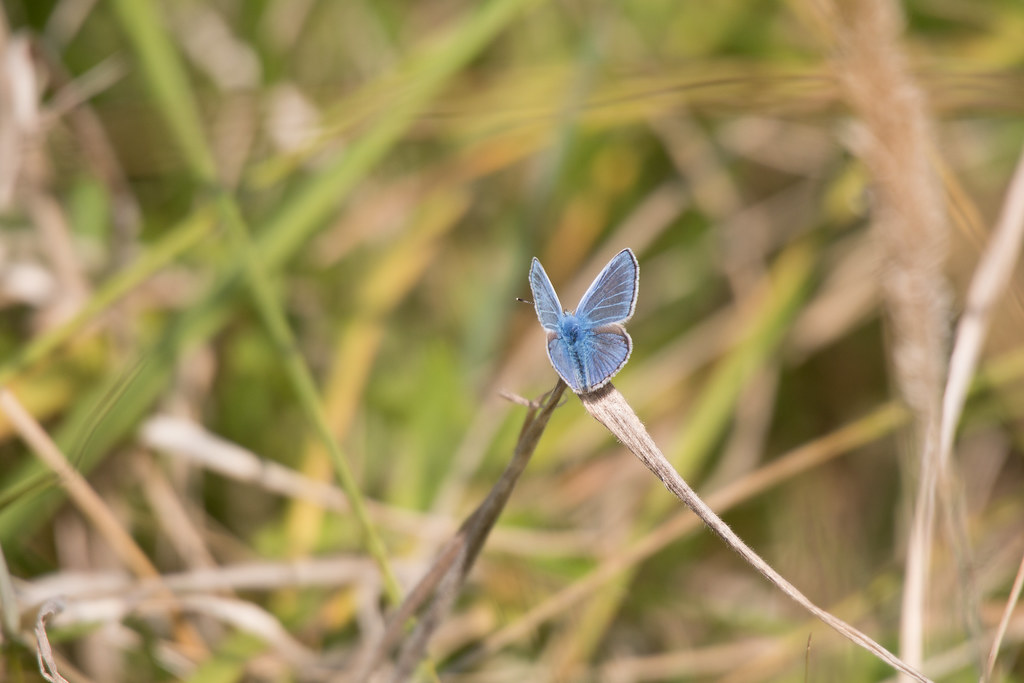 blue butterfly for id by scilly puffin, on Flickr
blue butterfly for id by scilly puffin, on Flickr blue butterfly #4 for id by scilly puffin, on Flickr
blue butterfly #4 for id by scilly puffin, on Flickr blue butterfly #3 for id by scilly puffin, on Flickr
blue butterfly #3 for id by scilly puffin, on Flickr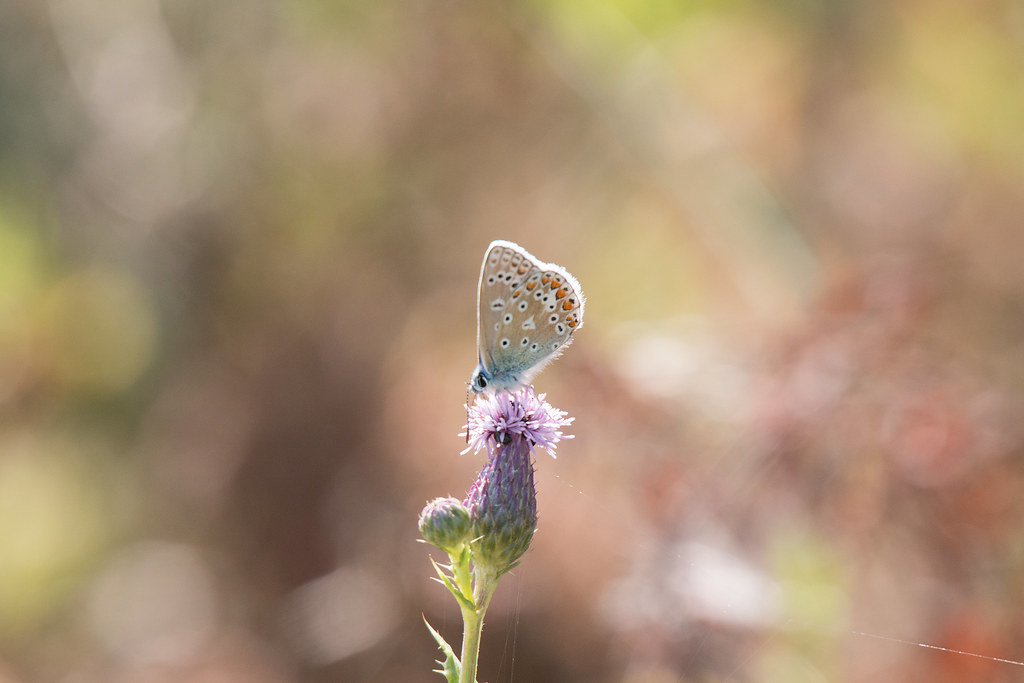 blue butterfly #2 id by scilly puffin, on Flickr
blue butterfly #2 id by scilly puffin, on Flickr Caterpillar by Tigertail.ufo, on Flickr
Caterpillar by Tigertail.ufo, on FlickrWhat is this please? About 2 1/2 inches long and rears up in a threatening way!
Caterpillar by Tigertail.ufo, on Flickr
Elephant Hawk moth caterpillar I believe.
OMG! Just had a flash back to when me and my brother found one of these on the patio in the back garden. It reared up in exactly the same way. Scared the s**t out of us (we were only little).What is this please? About 2 1/2 inches long and rears up in a threatening way!
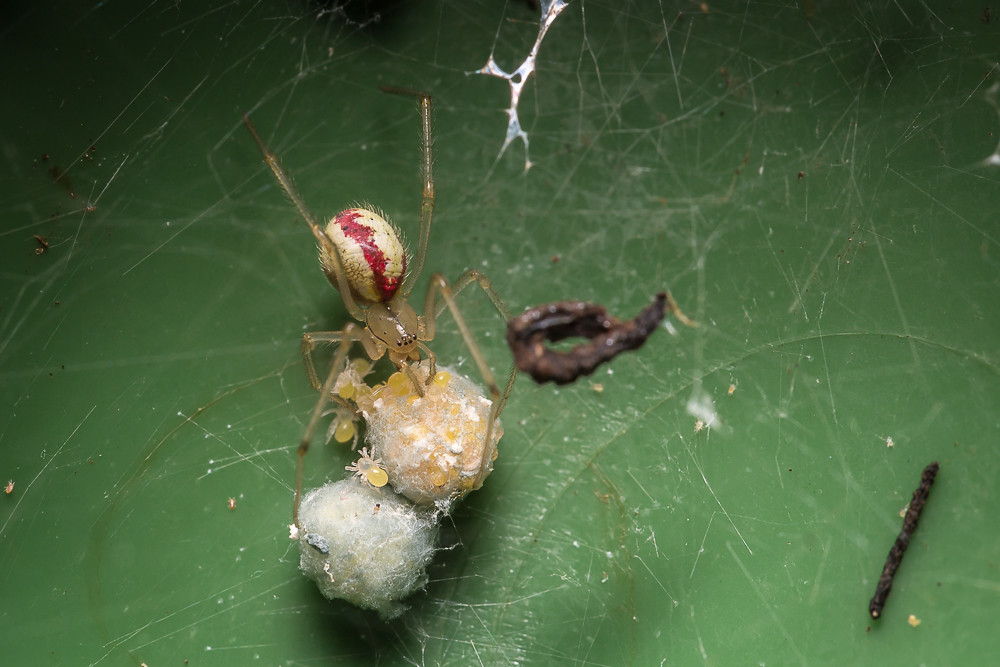 The Jam scone spider. by T0P cat, on Flickr
The Jam scone spider. by T0P cat, on FlickrHi Guys, i am new to the forum and have also just discovered the amazing world of Macro photography. I was photographing a different spider when i spotted this red and white ball, very tiny, in my grass cuttings bin i thought it was a baby spider until i moved into focus and was amazed to be watching it helping and pulling babies out of the sack. I considered myself very lucky to be watching it.
Can anyone tell me what type of spider it is.
The Jam scone spider. by T0P cat, on Flickr
 Unknown by alf.branch, on Flickr
Unknown by alf.branch, on FlickrAnyone help with ID for this fly please.
Seen supping nectar from my Jacobs Coat about 10mm long.



Anyone good on id of blue butterflies? taken on isle of wight
1
blue butterfly for id by scilly puffin, on Flickr
2
blue butterfly #4 for id by scilly puffin, on Flickr
3
blue butterfly #3 for id by scilly puffin, on Flickr
4
blue butterfly #2 id by scilly puffin, on Flickr
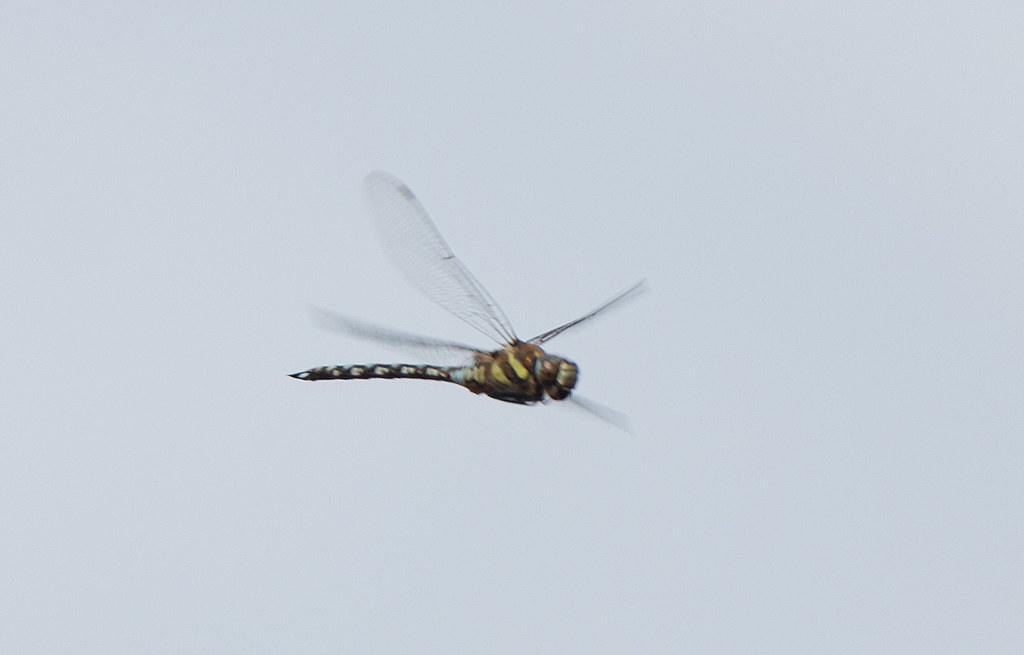 migrant hawker? by scilly puffin, on Flickr
migrant hawker? by scilly puffin, on FlickrAnyone good on id of blue butterflies? taken on isle of wight
1
blue butterfly for id by scilly puffin, on Flickr
2
blue butterfly #4 for id by scilly puffin, on Flickr
3
blue butterfly #3 for id by scilly puffin, on Flickr
4
blue butterfly #2 id by scilly puffin, on Flickr
Anyone good on id of blue butterflies? taken on isle of wight
1
blue butterfly for id by scilly puffin, on Flickr
2
blue butterfly #4 for id by scilly puffin, on Flickr
3
blue butterfly #3 for id by scilly puffin, on Flickr
4
blue butterfly #2 id by scilly puffin, on Flickr
The first one is Common Blue, the second & third ones are Brown Argus, and the last one is Common Blue.
Dave
Hi Guys, i am new to the forum and have also just discovered the amazing world of Macro photography. I was photographing a different spider when i spotted this red and white ball, very tiny, in my grass cuttings bin i thought it was a baby spider until i moved into focus and was amazed to be watching it helping and pulling babies out of the sack. I considered myself very lucky to be watching it.
Can anyone tell me what type of spider it is.
The Jam scone spider. by T0P cat, on Flickr
Excellent Dave, thank you very much. Brown Argus is a new one for me, so very pleased with that, need to try and find time to study the differences now
 #Day43 of #100DaysofNature by mattd85, on Flickr
#Day43 of #100DaysofNature by mattd85, on Flickr #Day40 of #100DaysofNature by mattd85, on Flickr
#Day40 of #100DaysofNature by mattd85, on Flickr #Day38 0f #100DaysofNature by mattd85, on Flickr
#Day38 0f #100DaysofNature by mattd85, on Flickr #Day30 of #100DaysofNature by mattd85, on Flickr
#Day30 of #100DaysofNature by mattd85, on Flickr